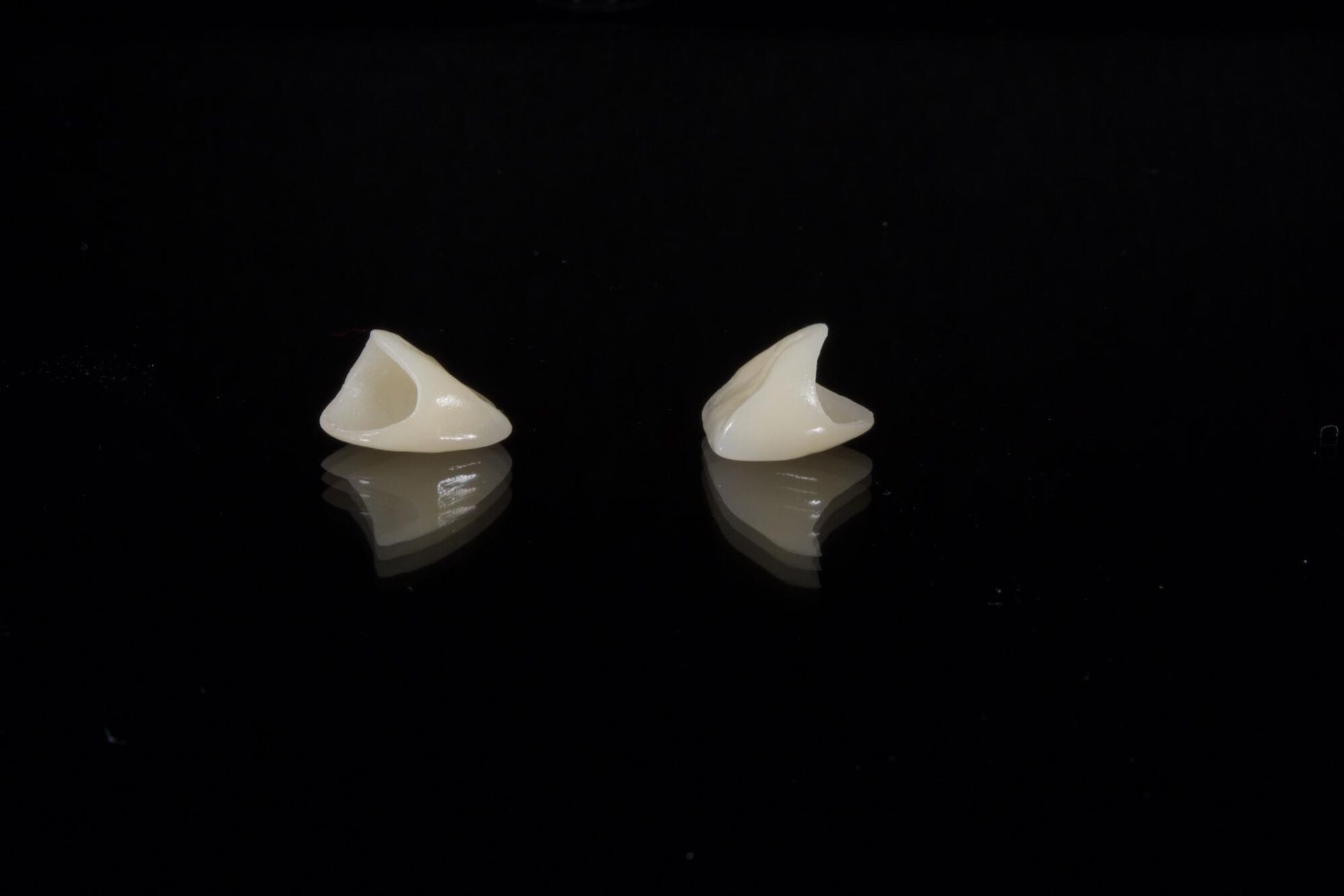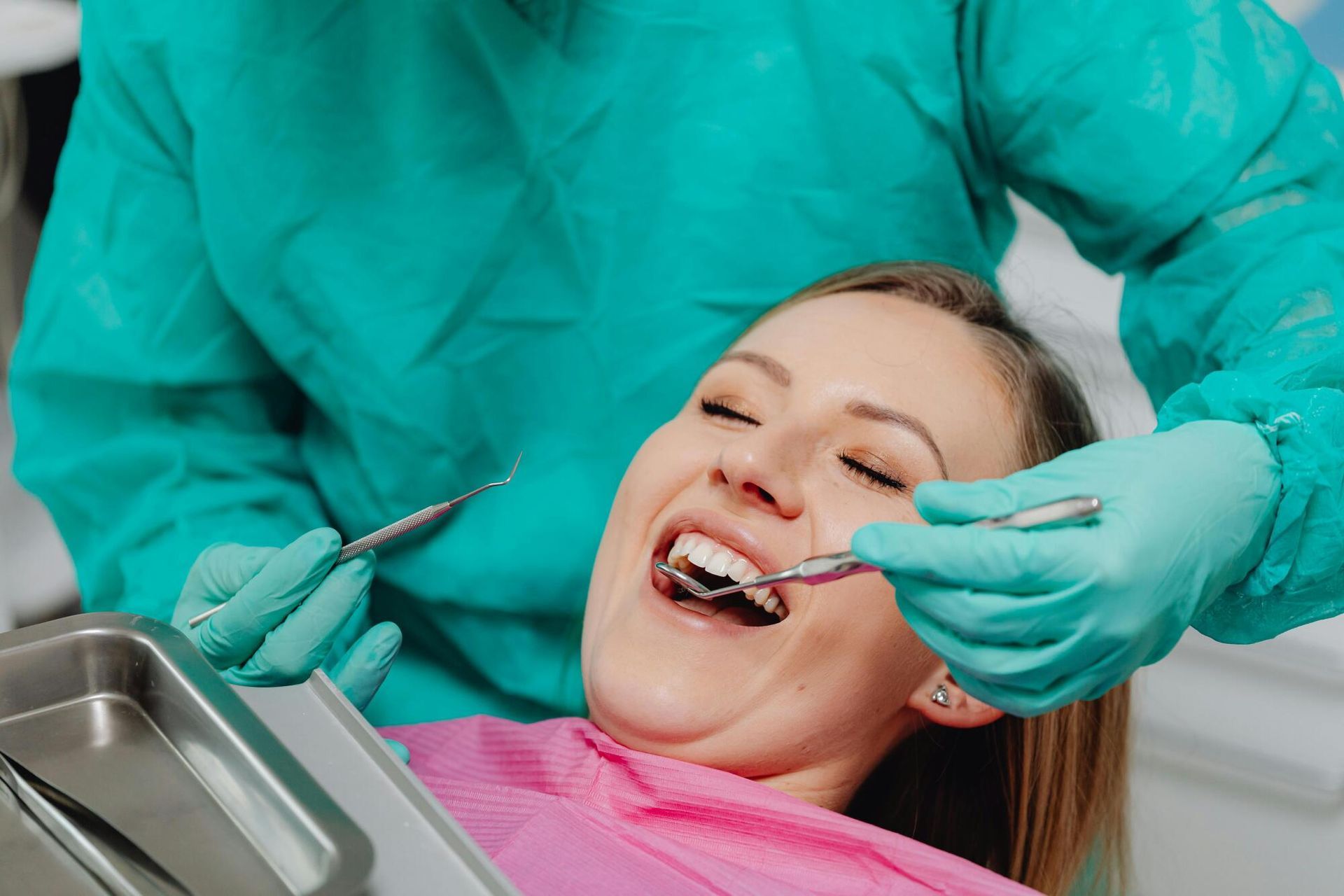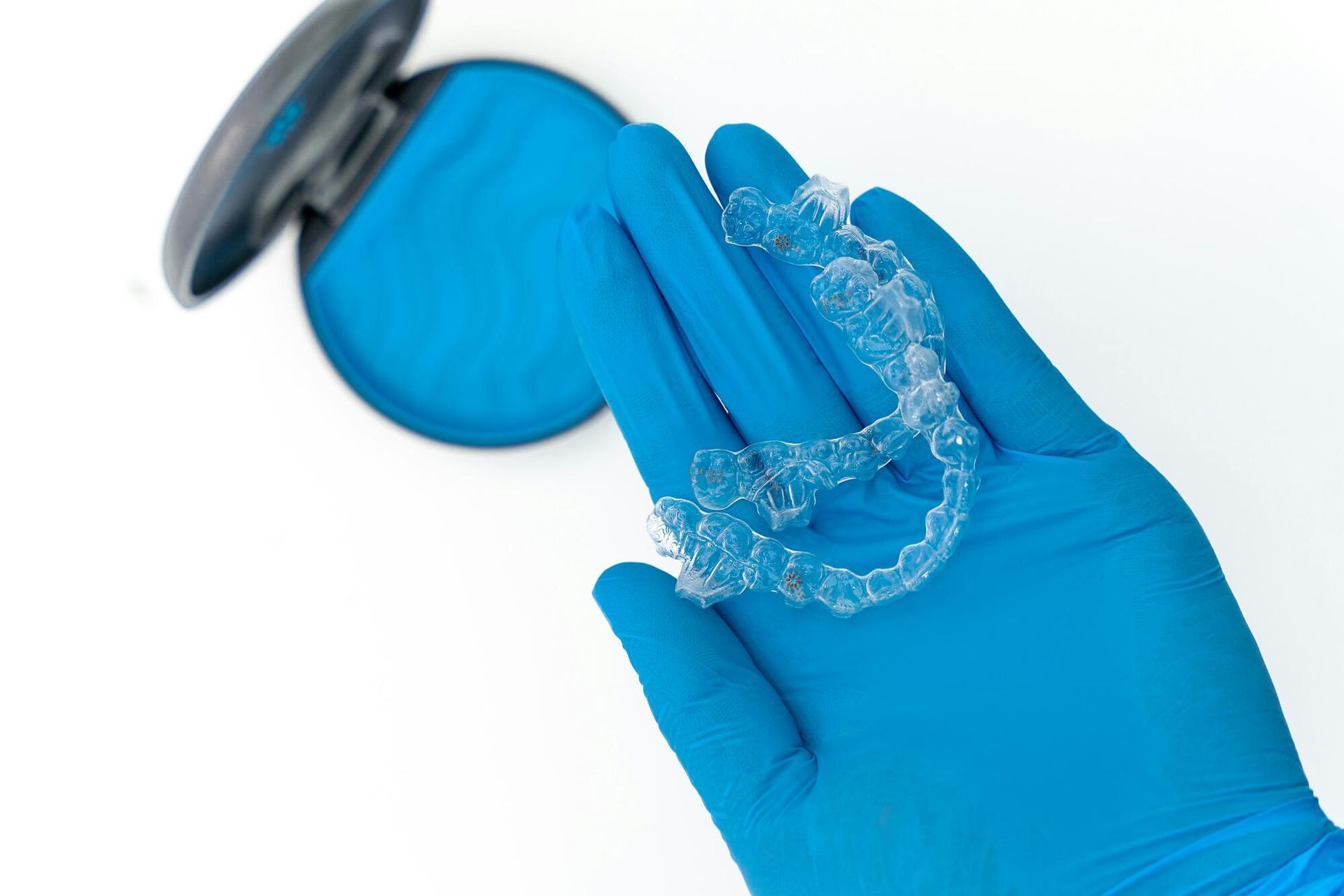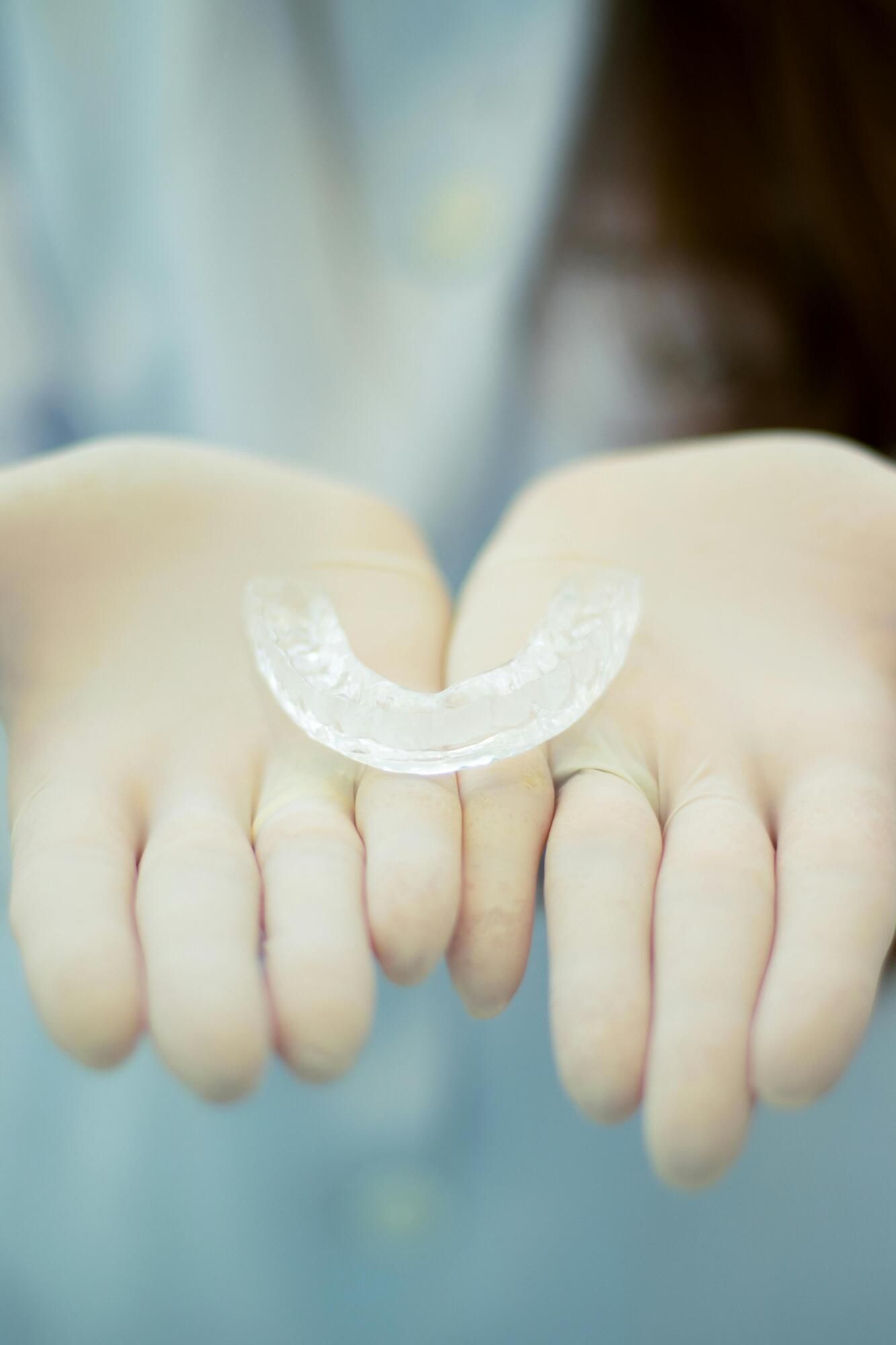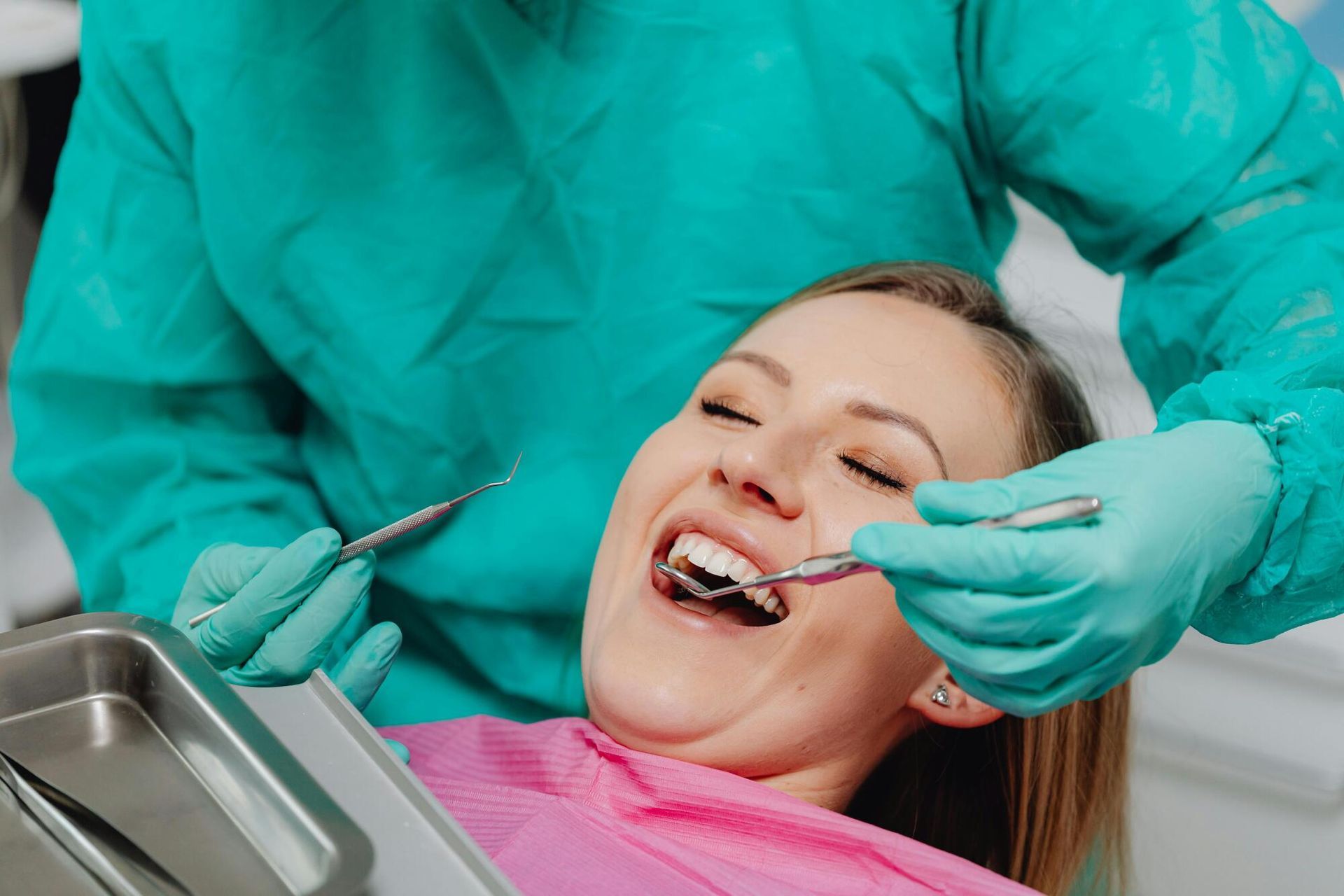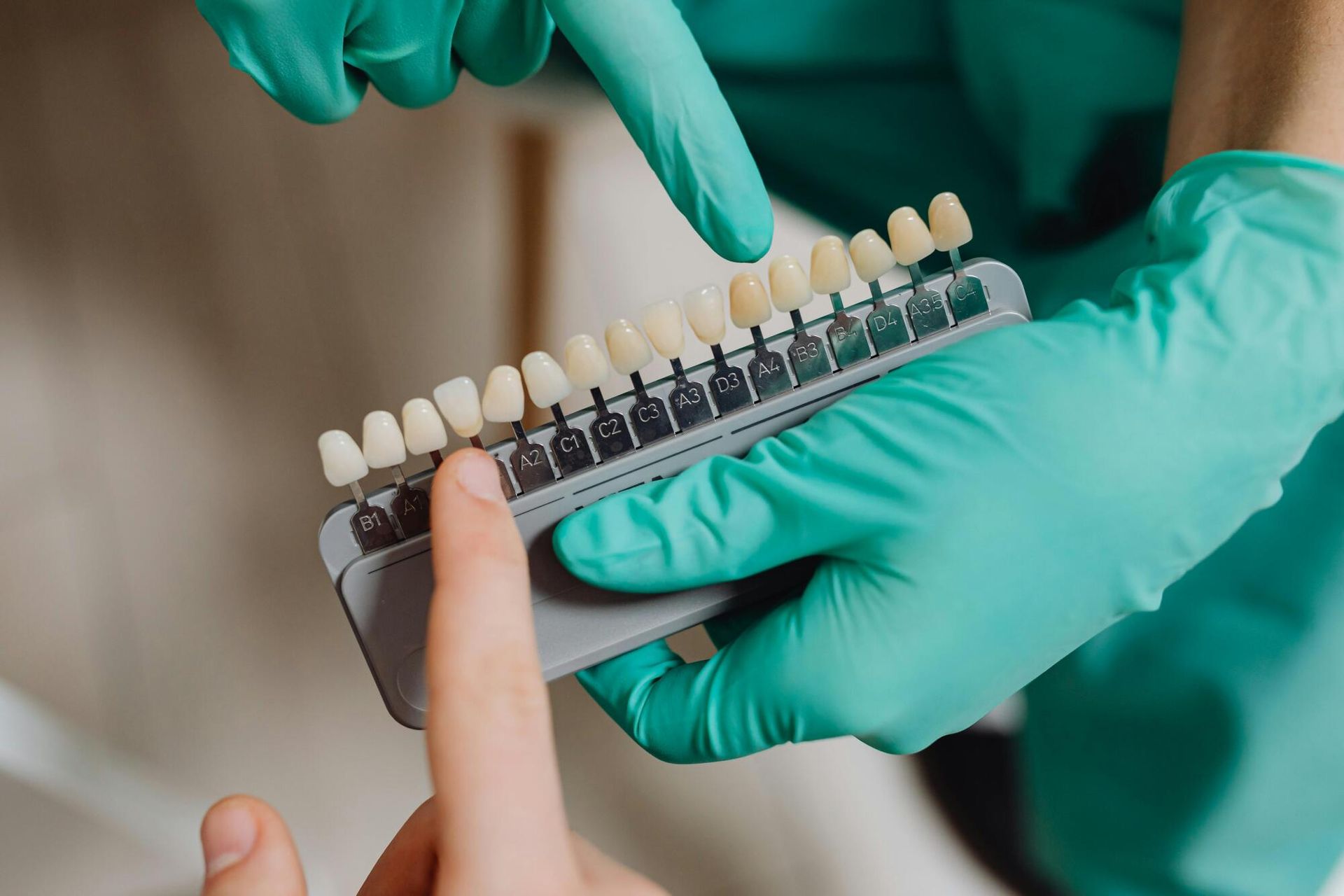What To Do For A Broken Tooth Or Knocked Out Tooth
You have a chipped tooth, cracked tooth, fractured tooth, broken tooth, displaced or knocked out tooth. What do you do?
First, How Serious is the Injury?
Trauma to the face may result in an injury as slight as a small chipping of tooth enamel (the outermost layer of a tooth) to one as severe as completely knocking a tooth out of it’s socket and/or fracturing the jawbone(s).
If your broken, fractured, chipped or cracked tooth is the result of trauma to your head or face and it is accompanied by bleeding from the nose or ears, loss of memory or consciousness, dizziness, disorientation, severe head or ear ache or if your teeth do not fit together properly after the trauma, go to a hospital emergency room for evaluation immediately. You may have injured your brain, caused bleeding inside of your skull, broken your TMJ (jaw joint), jawbone or other bones of your face. For this you will need immediate, emergency medical care. Most hospitals have an Oral and Maxillofacial Surgeon available to diagnose and treat your injuries in addition to emergency room physicians.
Fortunately, most injuries are much less severe. Broken teeth – chipped teeth, fractured teeth, cracked teeth – and loosened or knocked out teeth are classified into the following basic types (listed in order of severity):
- Crown Fractures (The part of the tooth above the gumline)
- Enamel
- Craze Line(s) – Cracked enamel without loss of tooth structure
- Chipped Tooth – Cracked and fractured enamel involving loss of this outermost layer of tooth structure
- Enamel and Dentin – Fracture and exposure of the outer and middle layers
- Enamel, Dentin and Pulp – Fracture and exposure of the outer, middle and inner layers
- Root Fractures (The part of the tooth below the gumline)
- Horizontal – A horizontal crack in the tooth root
- Vertical – a vertical crack in the tooth root
- Displaced or loosened teeth within the tooth socket (Where the tooth sits inside your jaw)
- Concussion – The tooth has absorbed the force of the injury
- Displacement – The tooth has become dislocated in it’s socket
- Avulsion – The tooth has been released from it’s socket
Craze Lines: superficial cracks in the enamel.
Chipped teeth: enamel fractures
Enamel and Dentin Fractures.
What Is The Problem, What Can I Expect And What Should I Do?
Please refer to the chart below for help with classifying the injury, identifying symptoms, determining whether you have a dental emergency, what to do to relieve pain, and finally when and from whom to seek treatment.
Injury: Craze Line(s)
Looks Like: Vertical &/or horizontal superficial cracks in enamel
Feels Like: No sensation
May Lead To: Larger stress fractures
Do This At Home: Stress Reduction. Avoid Chewing Ice
When To See A Dentist - At next regular appointment
Immediate Treatment May Include:
Night guard Veneers
Injury: Enamel Fractures
Looks Like: Small chip on edge of tooth
Feels Like: Irregularly shaped, sharp edge on tooth
May Lead To: Irritated lips or tongue
Do This At Home: Place wax over offending area
When To See A Dentist - At your earliest convenience
Immediate Treatment May Include:
Smooth the enamel and/or Composite Resin filling or Veneer if a large fracture
Injury: Enamel & Dentin Fractures
Looks Like: Broken tooth, fractured tooth or chipped tooth with light and darker yellow/brown components
Feels Like: Ranges from no pain to sensitivity to cold, air, sweets, perhaps heat as well.
May Lead To: Injury or death of the nerve of the tooth. Infection.
Do This At Home: Rinse with warm water. Avoid extremes in temperature. Soft Diet. Take OTC pain meds as needed (e.g. Tylenol)
When To See A Dentist - Within 48 hours if not painful, sooner if sensitivity or pain dictates.
Immediate Treatment May Include:
Filling, full or partial crown
Injury: Enamel, Dentin & Pulp Fractures (This is Dental Emergency)
Looks Like: Broken tooth, fractured tooth or chipped tooth with light, dark and red components
Feels Like: Moderate to Severe pain.
May Lead To: Severe pain, Infection, Swelling. Medical Emergency.
Do This At Home: Call Dentist Immediately. Soft/Liquid Diet. Avoid extremes in temperature. Take Anti-Inflammatory and/or prescription pain medication according to Dentists orders.
When To See A Dentist - As soon as possible, no longer than 24 hours.
Immediate Treatment May Include:
Root Canal Therapy, Filling, full or partial crown. Tooth Extraction
Injury: Horizontal and Vertical Root Fractures (This is Dental Emergency)
Looks Like: Not Visible
Feels Like: Persistent, increasing pain, usually to thermal stimuli and pressure.
May Lead To: Severe pain, infection and swelling
Do This At Home: Soft Diet, Avoid extremes in temperature. Anti-inflammatory medicine (e.g. Tylenol)
When To See A Dentist - See an Endodontist or Dentist as soon as possible
Immediate Treatment May Include:
Splinting the root segments. Removing part of the root
Injury: Tooth Concussion (This is Dental Emergency)
Looks Like: Normal tooth. Bleeding from the gumline may occur.
Feels Like: Tender to touch, may be slightly loose but not displaced.
May Lead To: Death of tooth nerve. Root canal therapy and crown or veneer.
Do This At Home: Soft Diet, Avoid extremes in temperature and chewing in the area. Anti-Inflammatory medicine (e.g. Tylenol)
When To See A Dentist - See an Endodontist or Dentist within 24 hours.
Immediate Treatment May Include:
Testing and observing the tooth and surrounding area for nerve and other damage. Possible splinting.
Injury: Tooth Displacement: • Sublimation • Extrusion • Lateral Luxation • Intrusion (These are Dental Emergencies)
Looks Like: Tooth may be out of normal alignment. Subluxations are loose but not displaced. Extrusions are elongated, Lateral Luxations are angled laterally and Intrusions are pushed further into bone and appear shorter.
Feels Like: Anything from normal sensation to numb or painful. Surrounding tissue may be swollen, lacerated and/or bleeding.
May Lead To: Death of the tooth nerve, Possible fractured tooth socket. Tooth fusion to bone.
Do This At Home: Soft Diet, If swelling, apply cold compress to adjacent soft tissue, otherwise, avoid extremes in temperature. Avoid chewing with the tooth. Anti-Inflammatory medicine (e.g. Tylenol)
When To See A Dentist - See an Endodontist or Dentist Immediately. Extrusions and Lateral Luxations should be treated within a few hours. Others within 24 hours.
Immediate Treatment May Include:
Repositioning the tooth and or flexible splinting according to the diagnosis.
Injury: Tooth Avulsion (This is a Dental Emergency)
Looks Like: Tooth knocked completely out of the mouth. (article continues below)
Feels Like: Generally painful. Bleeding may be profuse. Surrounding tissue may be swollen or lacerated.
May Lead To: Death of the tooth nerve. Possible permanent tooth loss
Do This At Home: Apply a cold compress to the face near the injured area. Pick up the tooth by the crown only. DO NOT TOUCH THE ROOT. Rinse it gently with special tooth storage media (e.g. Save-A-Tooth, EMT Tooth Saver) saliva, milk or saline. For children or uncooperative adults, place the tooth in the solution used to rinse it.For cooperative adults place the tooth in the mouth between the cheek and the jaw. Avoid touching and moving it around.Avulsed primary teeth (knocked out baby teeth) should not be replanted or placed into the socket. Doing so may damage the underlying permanent tooth.
When To See A Dentist - See an Endodontist or your Dentist in less than an hour. The sooner, the better. Treatment is most successful if performed within 30 minutes.
Immediate Treatment May Include:
Replacing the tooth in the socket and possible splinting. Possible referral to Physician for tetanus booster. After an hour or if the tooth is allowed to dry, replacing the tooth is usually not advised or successful.
Can Your Tooth Be Saved?
If the injury to your fractured or broken tooth is serious, be sure to ask your dentist if your tooth can be saved before considering dental surgery to remove or extract your tooth. He or she should be able to tell you if fixing or repairing your tooth is possible, in their hands or in the hands of a dental specialist. Your dentist should also be able to tell you the approximate cost of replacing your tooth or teeth and how long it will take to do so. This will help you decide what to do.
Should Your Tooth Be Saved?
The answer is not always yes. Repairing or replacing broken or fractured teeth can be expensive. Unfortunately, failing to fix or replace missing teeth can be even more expensive. Still, even if you can save your tooth, there is no absolute answer as to whether or not you should save your tooth. You need to know the prognosis or the expected outcome for your broken or fractured tooth or teeth in order to answer this question. Once your dentist has evaluated your situation, he or she should be able to discuss your options so you can make an informed decision as to whether saving your tooth or teeth is worth the investment.
Reasons To Save Broken, Fractured Or Cracked Teeth With Good Prognosis
Physically, our teeth are held in their position largely by the teeth around it. When a tooth is removed, the tooth or teeth above or below it and those in front or in back of it, move toward the vacant space. This shifting changes your bite and the way force is applied to your remaining teeth while you chew. You may chip, fracture or break more teeth because of the new stresses applied to your remaining teeth. When teeth lean toward vacant spaces significantly, spaces between the teeth are created where food becomes trapped and periodontal disease may begin or accelerate. Bone loss and tooth loss due to periodontal disease will follow. Multiple missing teeth can significantly affect your ability to chew food properly and thus avoid poor nutrition and digestive problems.
Socially and psychologically, missing teeth, especially multiple missing teeth, can cause people to look and feel older. When front teeth are missing people tend to smile less and find ways to hide their missing teeth. Even when the mouth is closed, the face may appear more sunken in. The lower third of the face actually becomes shorter when back teeth are no longer present and produces a noticeable change in appearance. Confidence suffers. If the impression you make upon others is important, professionally and personally, replace your missing teeth and consider incorporating cosmetic dentistry into the replacement.
What To Do If You Cannot Save Your Broken Tooth And It Must Be Extracted
Single tooth replacement options include dental implants and dental bridges. If more that one tooth is missing a partial denture may provide a viable option for tooth replacement. Additional tooth replacement options may exist in certain situations. Your dentist will be able to discuss your treatment options after examining you.
What Causes Broken Teeth, Fractured Teeth, Cracked Teeth And Other Dental Injuries?
The most common causes of chipped teeth, broken teeth, fractured teeth, cracked teeth and dental injuries (in no particular order) are:
- Untreated dental decay
- Teeth that have undergone root canal therapy and have not received a crown
- Teeth with temporary fillings for extended periods of time (generally over a month)
- Accidents
- Assaults
- Biting or chewing unusually hard substances
- Using teeth for purposes other than chewing food
- Extremely forceful clenching or grinding of teeth
- Crooked teeth
How Can You Prevent Injuries Like Tooth Fractures, Chipped Teeth, Broken Teeth, Cracked Teeth, Fractured Teeth And Other Tooth Trauma?
Have dental checkups every 6 months to discover problems early and receive treatment before decay undermines tooth structure or fillings and weaken them, predisposing them to fracture.
Have dental crowns placed on teeth that have undergone root canal therapy as soon as recommended by your dentist or endodontist. During root canal therapy the blood supply to the tooth is removed, making the tooth brittle and prone to fracture.
Have temporary fillings replaced with permanent dental fillings as soon as recommended by your dentist or endodontist. Temporary fillings wear away over time, leaving teeth unsupported, unprotected and prone to fracture.
Use appropriate protective equipment. In automobiles use seat belts, while bicycling and engaging in sporting activities wear protective athletic guards, preferably custom made athletic guards.
Avoid and remove yourself from dangerous situations where assault may occur.
Discontinue bad habits like chewing on bones and other things not meant for consumption.
Do not use your teeth to open bottles, tear open or break things.
If you clench or grind your teeth, especially at night, have your dentist fabricate a night guard for you. Normal pressure during chewing is approximately 175 p.s.i. (Pounds per Square Inch.) During sleep you may generate 300 p.s.i. or more as there is no food to absorb the impact and your protective reflexes are not at work.
Properly aligned teeth are much less likely to fracture or absorb a great amount of individual force. Teeth that are positioned in a more forward position than the rest of the teeth are at risk of fracture because they are the first objects contacted during impact. Seek orthodontic treatment using traditional braces or Invisalign clear braces.
Contact us for a dental check-up.

